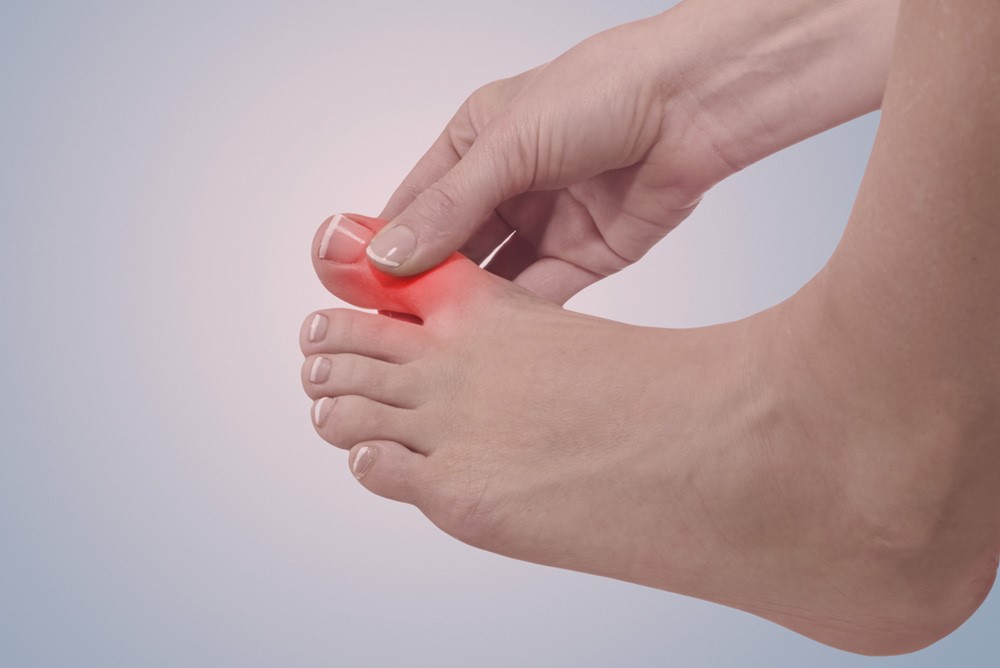
Hyperuricemia: causes and symptoms of elevated uric acid
The term hyperuricemia refers to an increase in uric acid values in the blood above the normal range
A patient is considered to be hyperuricemic if, after 5 days of an appropriate purine-free diet and without taking drugs that influence the increase in acid, he or she has blood values above
- 7 mg/dl if male;
- 6.5 mg/dl if female;
If values exceed 9 mg/dl, drug therapies are required.
Gout is the consequence of chronic hyperukaemia.
Hyperuricemia is classified as:
- primary: when it is an acquired disease and therefore has genetic characteristics;
- secondary: when it is a consequence of other diseases or caused by the intake or abuse of particular drugs.
Hyperuricemia is a disease known since ancient times and also described by Celsus, Galen and Hippocrates
It affects a low percentage of the population (we are talking about a percentage of 0.5 %), particularly in Europe and North America.
It is a disease that has a strong genetic imprint and is only to a small extent also related to lifestyle.
Hyperuricaemia predominantly affects the male sex in the 30-50 age group.
Hyperuricemia: What are the causes and risk factors?
One of the main causes of hyperuricemia is the excessive introduction of purines, the nitrogenous substances that go to make up our DNA.
They can be produced by our body’s own metabolism or derive instead from the breakdown of certain foods.
Their catabolism gives rise to uric acid which, in excess, tends to persist in the plasma.
Another cause of increased uric acid in the blood is related to its reduced elimination through the kidney system.
Certain diseases can also lead to an increase in uric acid in the blood; here are some examples:
- certain forms of cancer also due to the use of antiblastic drugs;
- chemotherapy treatments;
- psoriasis, due to flaking of the cells of the epidermis;
- type 1 glycogenosis;
- kidney diseases, which clearly reduce the elimination of uric acid in the urine;
- a diet rich in purines. Incriminated foods include anchovies, sardines, mussels, mackerel, sausages, liver, meat extract and game;
- abuse of alcoholic beverages;
- diabetes mellitus.
Symptoms of hyperuricemia
An excess of uric acid in the blood causes it to precipitate in the joints and also in the connective tissues in the form of crystals.
In this case we also refer to the condition as gout.
The crystals can also accumulate in the kidneys, thus forming kidney stones.
The most frequent symptoms with which hyperuricaemia presents itself are:
- joint pain
- itching;
- swollen and reddened joints;
- renal colic and clinical pictures of renal failure;
- arterial hypertension.
Diagnosis of hyperuricemia
The diagnosis of hyperukaemia clearly often occurs during control blood tests or when the patient manifests the above symptoms.
It is useful, during the examination, to look for signs of arthritis with the presence of reddening swelling and pain in the joints; usually hyperuricemia/gout attacks affect the big toe.
Medical treatment of the patient with hyperuricaemia involves:
- the use of anti-inflammatory drugs;
- NSAIDS;
- Colchicine;
- the discontinuation of drugs that can cause or increase hyperuricemia such as aspirin and derivatives, cortisone, diuretics;
- the use of drugs that reduce uric acid production such as allopurinol or drugs that promote its elimination such as probenecid.
The patient must drastically reduce the use of purine-rich foods (meat, for example), reduce alcohol intake and increase water consumption, also to preserve kidney function.
Read Also:
Emergency Live Even More…Live: Download The New Free App Of Your Newspaper For IOS And Android
What Is Uric Acid And Why Is It Tested To Monitor Its Concentration In The Blood?
What Is Albumin And Why Is The Test Performed To Quantify Blood Albumin Values?
What Is Cholesterol And Why Is It Tested To Quantify The Level Of (Total) Cholesterol In The Blood?
Gestational Diabetes, What It Is And How To Deal With It
What Is Amylase And Why Is The Test Performed To Measure The Amount Of Amylase In The Blood?
Adverse Drug Reactions: What They Are And How To Manage Adverse Effects
Albumin Replacement In Patients With Severe Sepsis Or Septic Shock
Provocation Tests In Medicine: What Are They, What Are They For, How Do They Take Place?
Eisenmenger Syndrome: Prevalence, Causes, Symptoms, Signs, Diagnosis, Treatment, Sporting Activities


